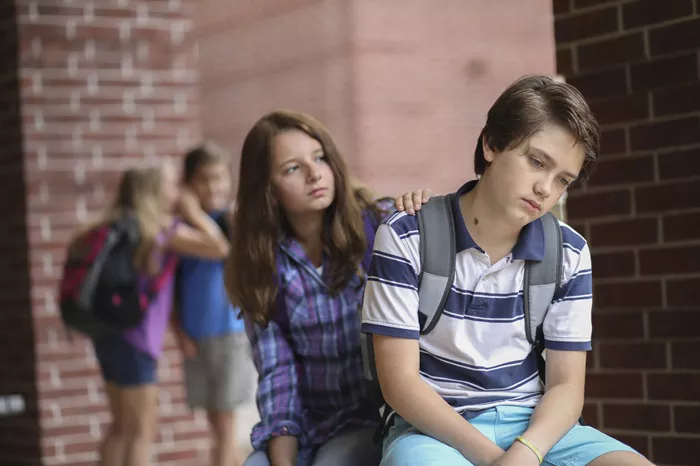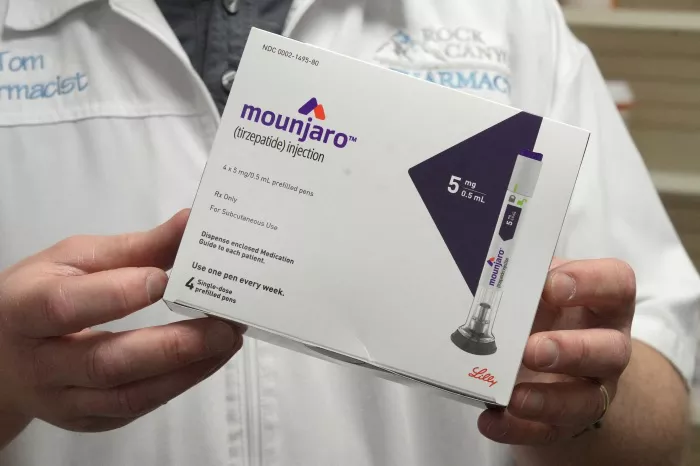A new study from the UK reveals that adolescents suffering from anxiety and depression are more vulnerable to the emotional impacts of social media, highlighting the urgent need for digital strategies that address mental health concerns.
Over the past decade, adolescents’ mental health has worsened, coinciding with the increased use of social media. A recent report published in Nature Human Behaviour explored the differences in social media interactions between mentally healthy adolescents and those with mental health problems.
The Growing Mental Health Crisis Among Adolescents
In the UK, a quarter of adolescents aged 17-19 experience mental health issues, and one in six adolescents aged 7-16 also report mental health challenges. This figure has risen significantly since 2017 when it was about one in ten. Adolescents with mental health problems make up almost half of the population of those affected by mental disorders, impacting future societal and economic productivity.
This crisis has occurred alongside the increasing prevalence of social media usage among teenagers, with nearly all 12 to 17-year-olds having their own social media accounts. Increased screen time has been correlated with poor mental health, especially depression, particularly among girls. However, the exact causal relationship remains unclear, and several studies fail to support this connection. Like face-to-face interactions, social media can have both protective and harmful effects.
A more nuanced approach is needed to evaluate how social media affects adolescent mental health. The negative impact of social media on young people with mental health issues may be greater than its effects on those with good mental health. Furthermore, the type of mental health condition, whether internalizing or externalizing, could influence how social media affects them.
Research Overview
The study used data from the Children’s and Young People’s Mental Health (MHCYP) study, which surveyed over 3,000 adolescents in England. Multiple informants reported on each participant’s mental health status, which was then evaluated by clinical professionals. The assessment covered various aspects of social media use, including self-comparison with online users, tracking online feedback such as likes, and the emotional impact of this feedback. It also examined adolescents’ satisfaction with their online friendships and the authenticity of their online self-presentation.
Study Results
Among the 3,340 participants aged 11-19, 16% had one or more mental health conditions. Of these, 8% had internalizing conditions, such as depression, and 3% had externalizing conditions, with the remainder affected by other conditions or comorbidities.
Internalizing Disorders vs. Healthy Adolescents:
Adolescents with internalizing conditions spent more time on social media, had less control over their online activity, and were more likely to engage in unfavorable social comparisons. Online feedback had a more significant impact on their mood. These adolescents were also less satisfied with the number of online friends they had and were less likely to share their lives authentically compared to healthy adolescents.
Externalizing Disorders vs. Healthy Adolescents:
Adolescents with externalizing conditions also spent more time on social media but exhibited similar control over their online activity and satisfaction with their online friendships compared to healthy adolescents. However, their mood was more heavily influenced by online feedback.
Comparing Internalizing and Externalizing Disorders:
Adolescents with internalizing conditions were more prone to social comparisons than those with externalizing conditions. They also spent more time on social media and were more dissatisfied with the number of online friends they had. However, the type of disorder did not significantly affect other aspects of social media use, though differences in control over time spent online were inconclusive.
Conclusion
This report demonstrates that social media has a greater and differential impact on adolescents with mental health conditions. The most significant finding is that adolescents with mental health issues spend more time on social media. However, the self-reported nature of the data calls for further verification.
Adolescents who build offline social connections are less likely to suffer from mental and emotional harm. This pattern appears to extend online as well, with those with mental health challenges being more dissatisfied with their number of online friends. These findings underscore the relevance of behavioral technology for adolescents with internalizing disorders, teaching them to reduce social comparisons and regulate the emotional impact of online feedback.
These insights highlight how social media use may pose an increased risk to this already vulnerable group and offer a window for future research to ensure that the digital world is safe for all children, regardless of their mental health status.
Related Topics

































